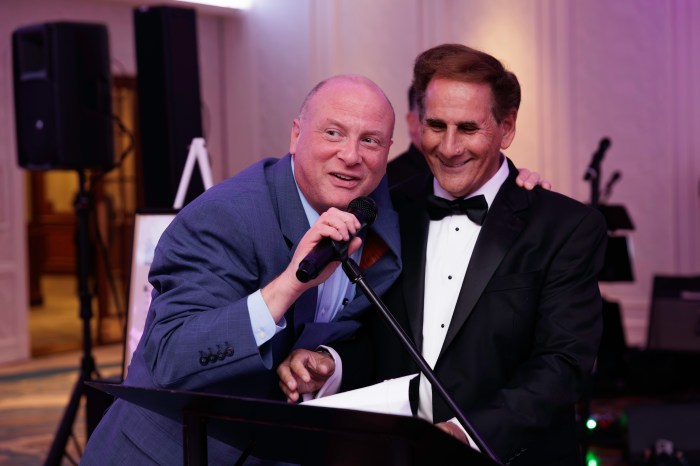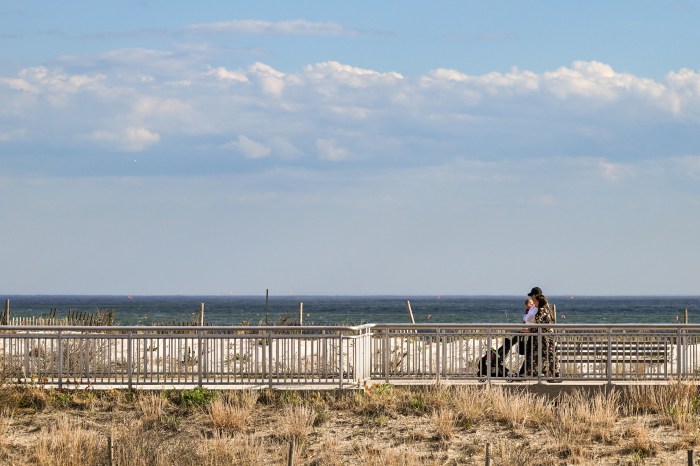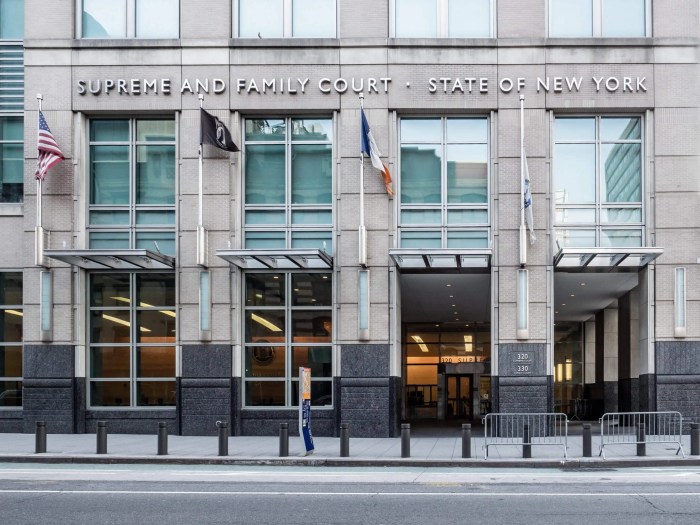By LeeAnna Keith
Last Thursday at noon, this fortunate New Yorker in the thrall of a sparkling weekday on Lower Broadway was not headed for lunch, but for the latest installment of the lunchtime classical music series at Trinity Church. On June 7, New York’s Scandia Symphony presented a 90-minute program of works by Romantic and contemporary Scandinavian composers. The church, established with donations from the pirate Captain William Kidd, traces its lineage to 1697, when its charter stipulated annual rent to the King of England in the amount of one peppercorn. The music on the program, not as ancient, offered up a suitably exotic mix of antique sounds and Old World flavor.
Musicians new to Trinity Church struggle with the peculiar acoustic effects of the recessed gothic ceiling. For Scandia Symphony, which has performed in the venue for more than a decade, accommodations for the space have gradually contributed to the orchestra’s signature sound. Under the baton of Dorrit Matson, musical director for the group, the focus on Thursday remained tight and the music rang true and clear.
First on the program was a ballet suite by Hugo Alfven, “The Prodigal Son,” written and performed for the occasion of the Swedish composer’s 85th birthday. Its five energetic movements showcased the orchestra’s full sound, including standout parts by the piccolo and kettledrum, and a rousing, ironic fanfare of brass.
A suite of old Icelandic folk songs, arranged by Scandia’s own Frank Foerster, evoked recognizable images: winter, the raven, and “A Dangerous Journey on Horseback (Ridum, Ridum).” Likewise, popular favorites — a march, a polka, and a waltz — appeared on the program of folk dances from Finland.
Sinding’s “Suite in Old Style” marked a dramatic shift in tone with the introduction of a solo violinist, Scandia Symphony’s Elizabeth Miller. “Old Style” meant Baroque for Christian Sinding, who lived in Oslo from his birth in 1856 until his death in 1941, months after the Nazi occupation of Norway. Ornate and overlaid with dissonance and friction in its first, most Baroque movement, the piece yielded to a luxuriant Romantic interlude in the “Adagio.” Miller’s rich vibrato warmed the hall, building to greater volume in the final movement of the composition, and brilliantly executing the cascading denouement, or cadenza, a favorite feature of Baroque music.
The fine arts sequence of the concert, which ran over the lunch hour, continued in the “Haustspil” or “Autumn Play” by Leifer Thorarinsson. With a bracing cello opener, the piece featured Frank Foerster on viola.
Then, as some patrons nervously looked at their watches, it was back to folk tales with the “Swanwhite Suite” by J. Sibelius. Those with the luxury of time could enjoy the delicate renditions of Concertmaster Mayuki Fukuhara in “Listen, the Robin Sings.”
The “Concerts at One” series is over for the summer, but Trinity Church is sponsoring a music series on Governor’s Island called “Folks on the Island.” Visit www.folksontheisland.com for more information.
















